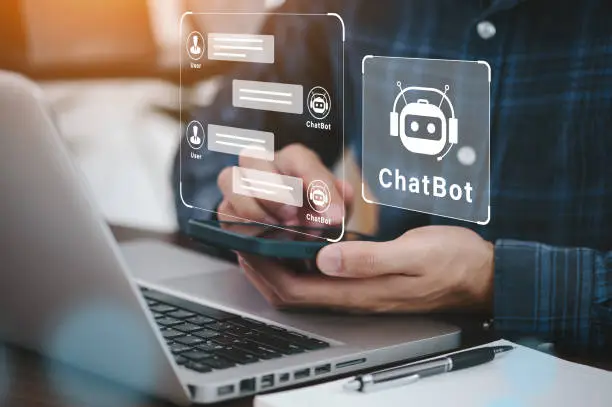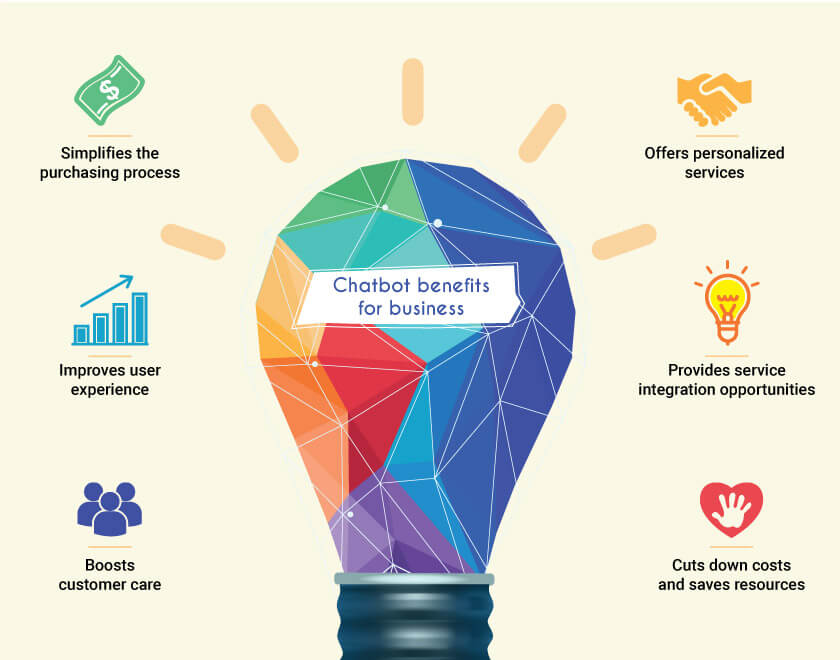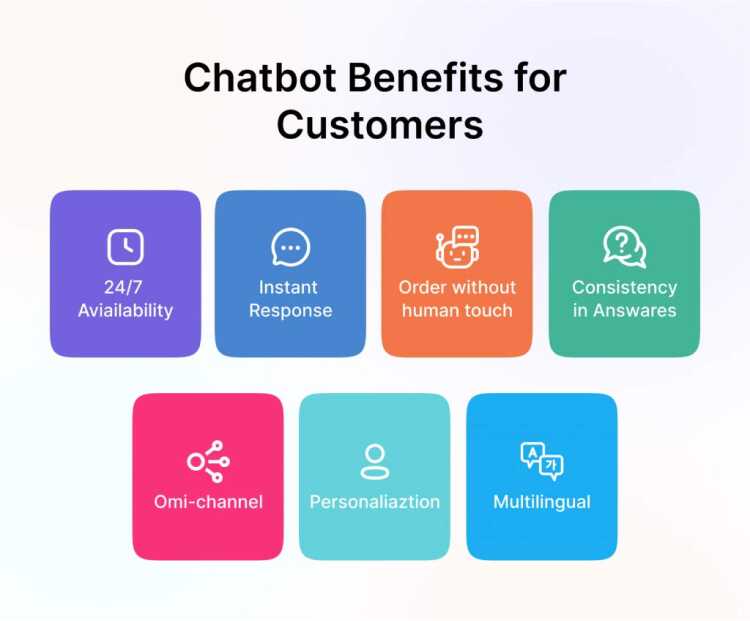A chatbot is a computer program or an Artificial intelligence (AI) application designed to simulate human-like conversation with users through text or speech interactions. It serves as a virtual conversational agent, providing automated responses to users’ queries and carrying out specific tasks based on predefined rules, machine learning, or a combination of both.
Chatbots can be found in various platforms, such as websites, messaging apps, social media platforms, and mobile applications, allowing users to interact with them in a natural language format.

The Value of chatbot for businesses
Chatbots have various applications and benefits, including:
1. Customer support: Chatbots can handle routine inquiries and frequently asked questions, improving customer service efficiency and reducing response time.
2. Information retrieval: Chatbots can quickly search and provide relevant information on a wide range of topics, making them useful for research and learning.
3. Personal assistants: Chatbots can help with scheduling, reminders, and organizing tasks, enhancing productivity and time management.
4. Language translation: Chatbots can assist in translating text between different languages, facilitating communication across language barriers.
5. Entertainment: Chatbots can be designed to engage users in fun and interactive conversations, adding an element of entertainment to interactions.
The value of a chatbot ultimately depends on its effectiveness in fulfilling its intended purpose and providing a positive user experience. Advancements in AI and natural language processing continue to improve the capabilities of chatbots, making them increasingly valuable tools for various applications.
How chatbot works?
Chatbots work through a combination of artificial intelligence (AI) and natural language processing (NLP) technologies. The process of how a chatbot works can be summarized in the following steps:
1. Input: When a user interacts with a chatbot, they provide input in the form of text or speech. The input could be a question, a command, or a statement.
2. Natural Language Processing (NLP): The chatbot uses NLP algorithms to understand and interpret the user’s input. NLP allows the chatbot to analyze the text or speech, identify the intent of the user, and extract relevant information from the input.
3. Intent Recognition: The chatbot’s NLP component identifies the main intention behind the user’s input. For example, the user might be asking for information, seeking help, or making a request.
4. Information Retrieval: Once the chatbot understands the user’s intent, it may need to retrieve information from a knowledge base or external databases to provide a relevant response. The knowledge base contains pre-existing information that the chatbot can draw upon to answer user queri
Benefits of chatbots for businesses
Chatbots offer a wide range of benefits for businesses, helping them improve operations, customer service, and overall efficiency. Here are some specific advantages of chatbots for businesses.

1. **24/7 Customer Support**: Chatbots enable businesses to provide round-the-clock customer support, ensuring that customers can get assistance whenever they need it.
2. **Cost Savings**: By automating customer interactions, chatbots can significantly reduce customer support costs compared to hiring and training human agents for the same task.
3. **Improved Response Times**: Chatbots can instantly respond to customer inquiries, reducing waiting times and enhancing customer satisfaction.
4. **Handling Repetitive Tasks**: Chatbots excel at handling routine and repetitive tasks, freeing up human agents to focus on more complex and value-added activities.
5. **Scalability**: Chatbots can handle multiple interactions simultaneously, making them scalable to meet increasing customer demands without requiring additional resources.
6. **Lead Generation and Sales Support**: Chatbots can engage with website visitors, qualify leads, and provide product recommendations, contributing to lead generation and supporting the sales process.
7. **Personalization**: Advanced chatbots can use customer data to deliver personalized recommendations and tailored experiences, enhancing customer engagement and loyalty.
What are the benefits of chatbot for customer?

Future of chatbot
Many experts expect chatbots to continue growing in popularity. In the future, AI and ML will continue to evolve, offer new capabilities to chatbots and introduce new levels of text and voice-enabled user experiences that will transform CX. These improvements may also affect data collection and offer deeper customer insights that lead to predictive buyer behaviors.
Voice services have also become common and necessary parts of the IT ecosystem. Many developers place an increased focus on developing voice-based chatbots that can act as conversational agents, understand numerous languages and respond in those same languages.

